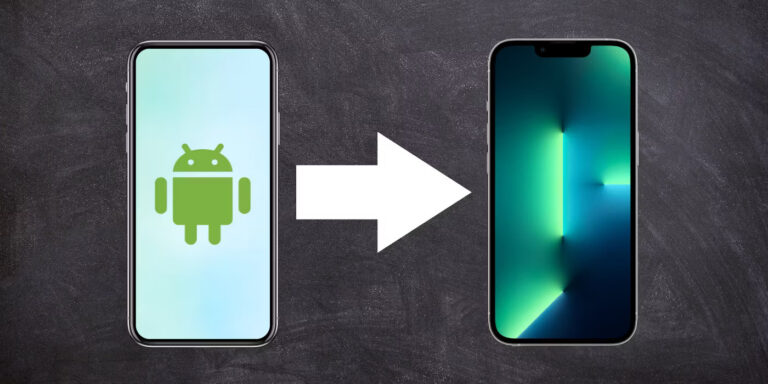Introduction:
In the rapidly evolving landscape of IoT (Internet of Things), sensors are becoming increasingly ubiquitous, enabling the collection of data for various applications such as environmental monitoring, asset tracking, and smart home automation. Designing miniature PCBs (Printed Circuit Boards) for these IoT sensors requires careful consideration of size, power consumption, and functionality. Leveraging the capabilities of Allegro PCB design software, engineers can create compact and efficient PCB layouts tailored to the requirements of IoT sensor applications.
Miniaturization Challenges in IoT Sensor Design:
Designing miniature PCBs for IoT sensors presents several challenges. Firstly, space constraints demand the utmost efficiency in component placement and routing to minimize board size while accommodating necessary circuitry. Secondly, power consumption must be optimized to prolong battery life, a crucial factor for battery-operated IoT devices. Additionally, ensuring reliable performance in diverse operating environments while maintaining cost-effectiveness adds complexity to the design process. Incorporating embedded software development services further enhances the intricacy, as it necessitates seamless integration between hardware and software components to ensure optimal functionality and performance of the IoT sensors.
Utilizing Allegro PCB Design Software:
Allegro PCB design software offers a comprehensive set of tools and features tailored to address the challenges of designing miniature PCBs for IoT sensors. Its intuitive interface and advanced routing capabilities enable engineers to efficiently design compact layouts while maintaining signal integrity and minimizing electromagnetic interference.
Key Considerations in PCB Design with Allegro:
Component Placement: Allegro’s intelligent component placement tools allow PCB design services to optimize space utilization and ensure efficient routing paths, reducing the overall footprint of the PCB. By leveraging Allegro’s advanced capabilities,PCB design services can strategically place components to minimize signal interference, shorten trace lengths, and enhance the overall performance and reliability of the PCB design.
Routing Efficiency: Allegro’s automated routing features, including interactive routing and autorouting algorithms, enable precise trace routing while minimizing signal crosstalk and impedance mismatch.
Power Optimization: Allegro provides tools for power analysis and optimization, allowing engineers to identify and mitigate power consumption hotspots, extend battery life, and enhance energy efficiency in IoT sensor designs.
Signal Integrity: Allegro’s built-in simulation and analysis tools help PCB layout services assess and improve signal integrity, ensuring reliable communication and data transmission in miniature IoT sensor applications. These tools allow for thorough examination of signal behavior, identifying potential issues such as noise, reflections, and signal degradation. By utilizing Allegro’s simulation capabilities, PCB layout services can optimize trace routing, impedance matching, and signal termination to mitigate signal integrity problems and ensure robust performance of the IoT sensor PCB design.
Design for Manufacturability (DFM): Allegro offers DFM checks and verification features to identify potential manufacturing issues early in the design process, reducing time-to-market and production costs.
Case Study: Designing a Miniature Temperature Sensor with Allegro:
To illustrate the application of Allegro PCB design software in IoT sensor design, let’s consider the example of designing a miniature temperature sensor. Using Allegro’s advanced routing capabilities and component placement tools, engineers can create a compact PCB layout optimized for low power consumption and reliable temperature sensing.
Conclusion:
Designing miniature PCBs for IoT sensors presents unique challenges that require careful consideration of size, power consumption, and functionality. Leveraging Allegro PCB design software, engineers can overcome these challenges and create efficient, reliable, and cost-effective PCB layouts tailored to the requirements of IoT sensor applications.By utilizing Allegro’s advanced tools and features alongside OrCAD PCB Designer, engineers can accelerate the development process, reduce time-to-market, and unlock the full potential of IoT sensor technology.












